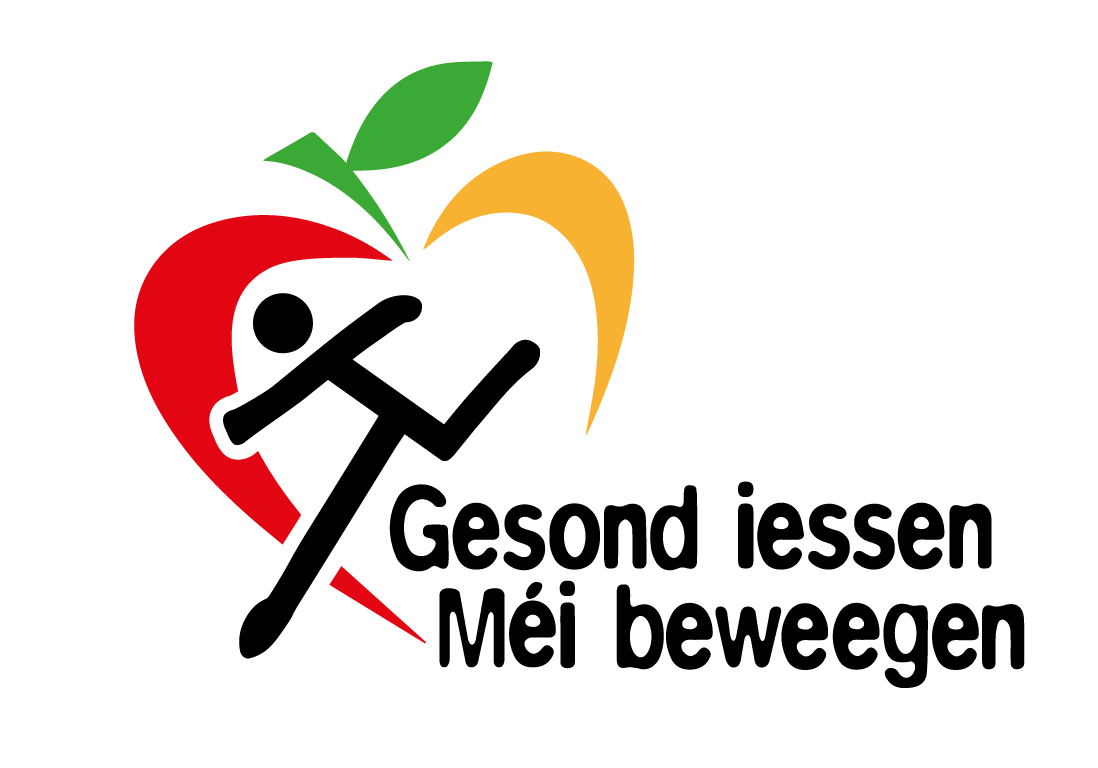Food labelling
Sub-sections
Food labelling is present on all pre-packaged foods (of animal and/or plant origin) intended for end consumers.
What information will I find on food packaging ?
- Name of the food;
- Quantity of certain ingredients;
- List of ingredients;
- Indication of any substances or products which could potentially cause allergies or intolerances;
- Storage conditions;
- Use or cooking instructions;
- Net quantity;
- Origin;
- Batch number.
All this information is mandatory in the European Union under Regulation (EU) No. 1169/2011, except for the batch number, which is a national requirement.
And what about information that must not appear on food packaging ?
The Regulation prohibits the use of information that would mislead the consumer or attribute medicinal properties to foods. The labelling must not attribute to the food any effects it does not have or suggest that it has special characteristics when all foods of the same type have these characteristics.
What is on the list of ingredients ?
Ingredients are always listed in descending order of weight: the first listed being the ingredient of which there is the largest amount. The percentage of any ingredients mentioned in the product name or highlighted on the package or essential to the character of the product must be shown in the ingredients list.
Any substances or products that may potentially cause allergies or intolerances must be mentioned on the packaging, for example gluten (with the cereal it comes from), crustaceans, eggs, fish, peanuts, soya, nuts (almonds, hazelnuts, walnuts, cashew nuts, pecan nuts, Brazil nuts, pistachios, macadamia or Queensland nuts), celery, mustard, sesame seeds, sulphur dioxide and sulphites, lupin and molluscs.
What do the date of minimum durability (DMD) or use-by date (UBD) mean ?
A consommer de préférence avant le/mindestens haltbar bis/best before date corresponds to the date of minimum durability
This is the date until which the manufacturer guarantees the quality (flavour, colour and odour) of the product.
Products with a date of minimum durability are still safe to eat for some time after this date (for example: cereals, rice or spices)
If there are visible signs of damage, for example if a tin is dented or rusty, the food should not be consumed (even if the best before date has not yet passed).
A consommer jusqu’au/zu verbrauchen bis/use by corresponds to the use-by date
This is the date until which the product is safe to eat. The product must not be eaten after this date. Examples: meat, eggs, fish.
How to understand the nutrition declaration ?
The nutrition declaration includes the energy value and nutrients contained in the product. We suggest you consult our page dedicated to this subject.
Since 7 May 2021, food manufacturers in Luxembourg can also use the Nutri-Score on food packaging. This is a tool to facilitate consumer choice by making the nutrition declaration easier to read and understand and allowing a comparison between different products in the same category.
The system uses a letter and a colour code to inform consumers about the nutritional quality of a product. Each product is rated on a 5-level scale ranging:
- from the product most favourable from the nutritional point of view (graded A)
- to the product least favourable from the nutritional point of view (graded E)
A product's score and grade are calculated using a formula that takes account of the following factors:
- nutrients and foods to favour: fibre, protein, fruit and vegetables, legumes, nuts, fibre, olive oil, walnut oil and rapeseed oil
- nutrients to limit: calories, saturates, sugars, salt
What does the origin of the food shown on the packaging mean ?
There is a detailed information sheet on food origin that you can consult on the food safety site.
In which languages must the mandatory food labelling appear on products in Luxembourg ?
There is a detailed information sheet on the mandatory languages which you can read on the food safety website.
In Luxembourg, food must be labelled in French, German or Luxembourgish. The mandatory information must therefore appear in at least one of these 3 languages.
Last update

